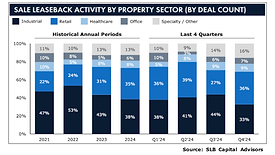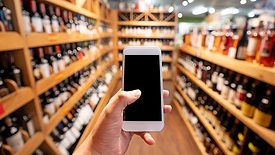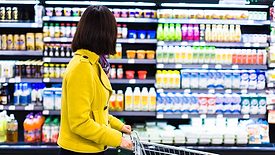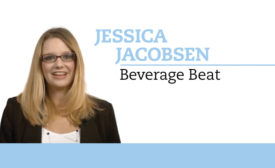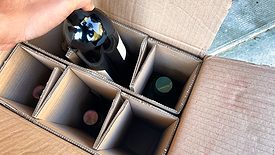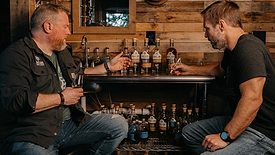Commentary
Sale leaseback can help beverage manufacturers raise capital while navigating tariffs
Global online alcohol market enters new era of growth, research shows
eCommerce influence extends beyond online transactions
March 19, 2025
Connected packaging usage matures with multi-technology approach
Survey shows companies see connected packaging as increasiningly important
March 17, 2025
Transparency key for US consumers when it comes to price hikes
Working paper shows stockpiling, wait-and-see approach options for consumers
February 12, 2025
Consumers increasingly shopping online, in-store
Digital enhancements vital for growth for retailers, manufacturers, research shows
February 11, 2025
Beverage alcohol sectors highlight potential unintended consequences from tariffs
WSWA shares data on impact import levies could have on wine and spirits
January 21, 2025
Diageo identifies socializing trends in new global report
Moderate drinking, forming deeper connections among key findings
January 20, 2025
Survey shows consumers want to know when AI’s used on products
Ingredient Communications finds 83% of respondents want AI use declared on label when used
December 17, 2024
Flavorman releases its 2025 Beverage Trends predictions
Experts predict increased interest in low- and no-alcohol, ingredient transparency
December 13, 2024
Between Drinks
Spirit brands lead efforts in hurricane relief
Regional, national donations support impacted communities
December 2, 2024
Elevate your expertise in the beverage marketplace with unparalleled insights and connections.
Join thousands of beverage professionals today. Shouldn’t you know what they know?
JOIN NOW!Copyright ©2025. All Rights Reserved BNP Media.
Design, CMS, Hosting & Web Development :: ePublishing
